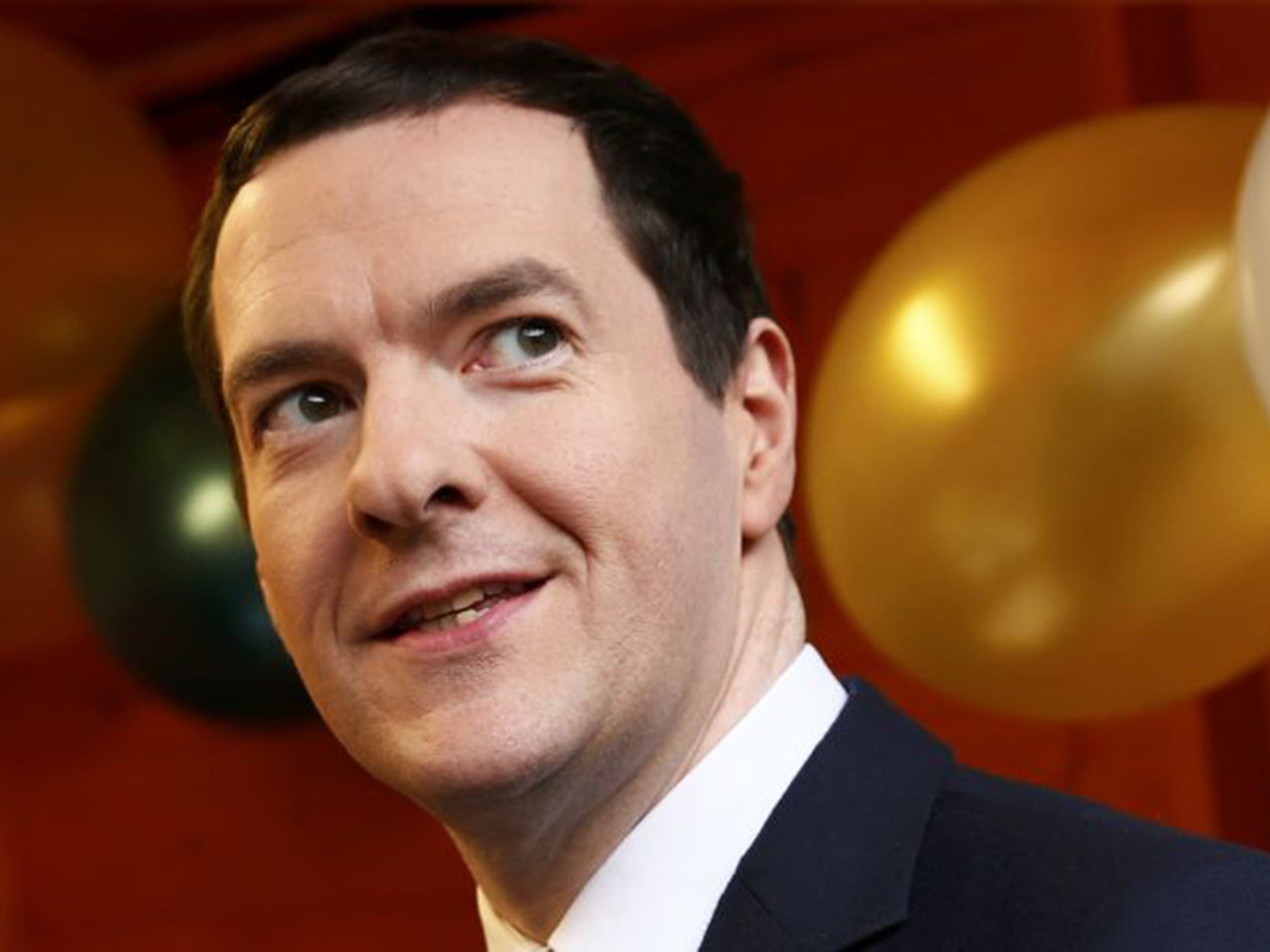George Osborne’s labour market policies ‘will backfire and hit pay growth’
Apprentice levy and minimum wage rise will curb salary increases, warns CIPD

Wages will grow more weakly in 2016 than official forecasters are expecting, thanks to George Osborne’s interference in the labour market, the country’s most prominent human resources body has warned.
The Bank of England and the Office for Budget Responsibility (OBR) have both pencilled in a robust increase in average weekly wages over the next 12 months, which fuels continued overall economic growth.
The Treasury expects growth of 3.75 per cent wage growth, while the OBR has 3.4 per cent growth in its most recent projections. That would represent a step up from the 2.4 per cent annual rate of average pay growth for 2015.
But the Chartered Institute of Personnel and Development (CIPD), the professional association for human resources managers, argues today that pay growth is instead likely to slip back in 2016 to just 2 per cent, as employers pass on the additional costs from the Chancellor’s new national living wage (NLW) and apprenticeship levy on to their workers in the form of lower pay increases than they would otherwise have received.
“With inflation close to zero some employers will try to manage these costs by restricting pay rises for their better-paid employees,” said Mark Beatson, the CIPD’s chief economist.
He also described the Bank of England and OBR forecasts as “very optimistic”.
The national living wge – effectively a 50p increase in the existing minimum wage to £7.20 for workers aged over 25 – will be introduced in April. The apprenticeship levy – recouping 0.5 per cent from the payrolls of larger firms – is due to come in in April 2017.
Mr Beatson said that while the NLW would boost average wages by automatically increasing pay for those at the bottom, this would only be a temporary effect.
There have already been signs that pay growth is slowing down. It fell from an annual rate of 3 per cent in May to 2.4 per cent in the most recent official figures. And annual pay growth remains well below the pre-financial crisis average of 4.25 per cent. Adjusted for consumer price inflation, average pay is still some 7 per cent below its level in 2008, representing an unprecedented squeeze on real earnings.
But the collapse in inflation to close to zero earlier this year means that real pay is now rising at its strongest rate since 2007. And the consequent weakness of unit labour cost growth has given the Bank of England’s Monetary Policy Committee the confidence to keep interest rates at rock bottom for longer without fear of sparking inflation.
The CIPD is also relatively pessimistic about productivity growth, which the OBR expects to increase by 1.5 per cent in 2016.
“Although the Government sees the apprenticeship levy as a means to encourage employers to invest in developing their workforce and boost productivity, there are question-marks over whether the levy will help to improve the quality of apprenticeship programmes, which is as least as important as boosting overall numbers,” Mr Beatson said.
Subscribe to Independent Premium to bookmark this article
Want to bookmark your favourite articles and stories to read or reference later? Start your Independent Premium subscription today.

Join our commenting forum
Join thought-provoking conversations, follow other Independent readers and see their replies